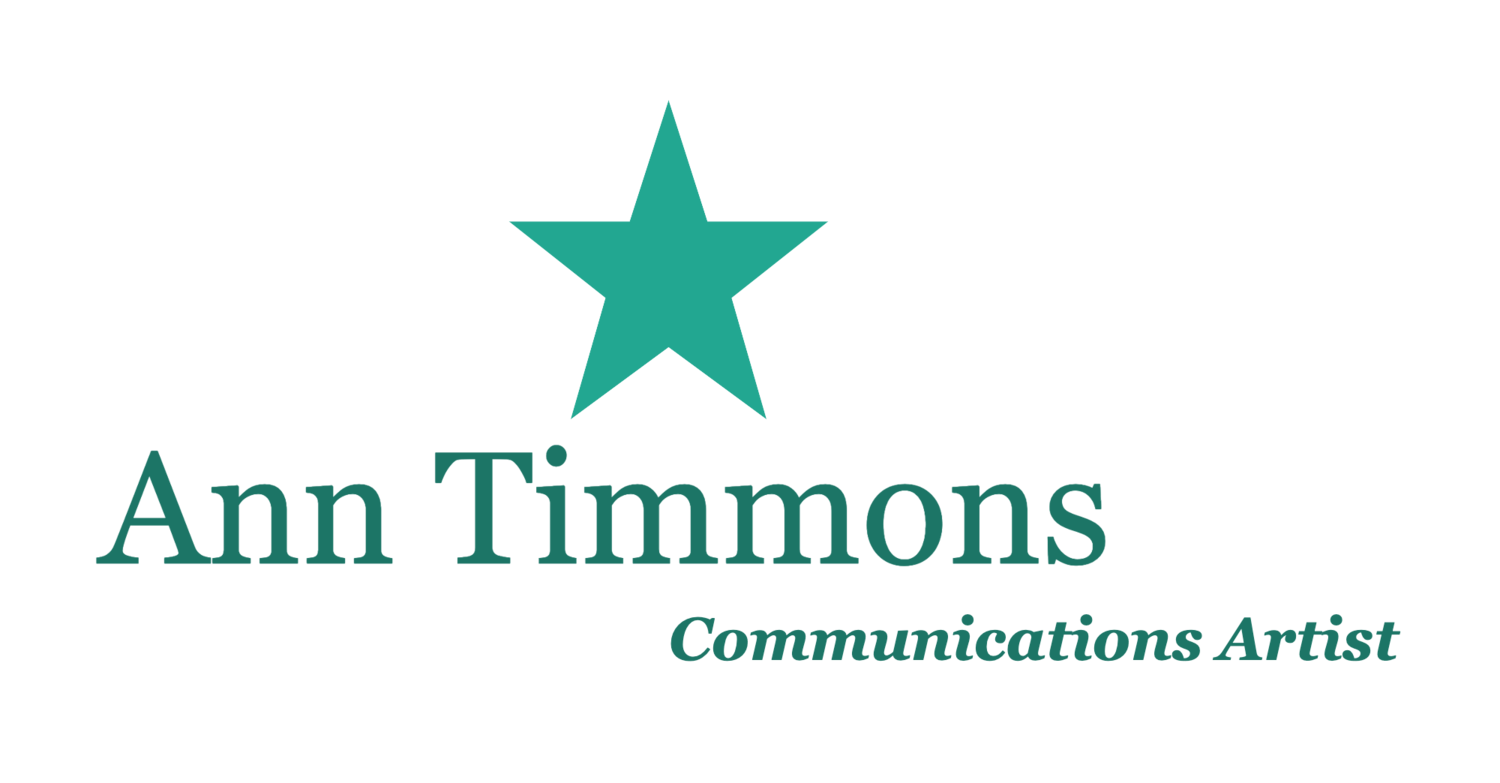Delicious Salmon Wellington made by my in-house chef—and husband—David Biette. For my birthday!
Have you ever wondered what's really going on when you’re speaking? Like—how do your ideas go from a spark in your brain to words coming out of your mouth? Why do they come out in rush, or in a jumble? Why does your voice sometimes sound croaky? And when do you breathe??
I ran a training earlier in the month for a group of nonprofit senior staff members, and a lot of their questions related to this issue — the physical act of speaking. They didn't really understand how it all works.
Most people don’t give the actual speech process a second thought. Which is understandable. We’ve all been talking since we were teeny. Communicating our needs. Using survival speech that served us well. Until we need a more nuanced mode of sharing our thoughts, clarifying our vision. Then we struggle to make the leap from talking to speaking.
Speaking is intentional. It has a point to it. It’s directed at a specific audience for a specific purpose. Even with an audience of one, even in a less-than-formal situation, speaking is not the same as talking.
The way you “just talk” may not serve you as you progress. Sure, you were fine before. But now—? It’s like leveling up your culinary skills when you want to impress someone, or need to get out of a rut. You could survive on what you cooked in college, but now you want to move on. Go from Mac ‘n Cheese to Salmon Wellington. And you realize you have a better chance of succeeding if you have expert guidance. Often this realization occurs after a cooking disaster.
Don’t wait for a speaking disaster to happen! Reach out to a speaker trainer who can explain what’s going on inside. That’s the key ingredient. Once you understand what you're doing, the mastery follows!


